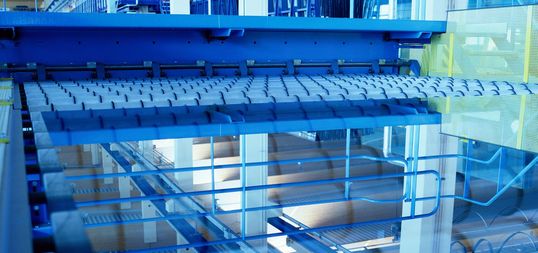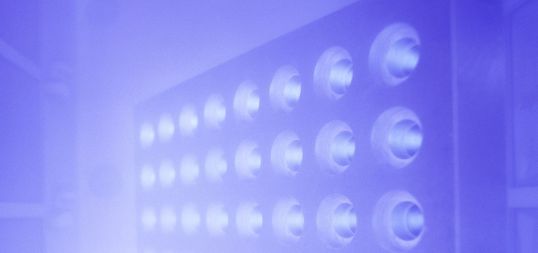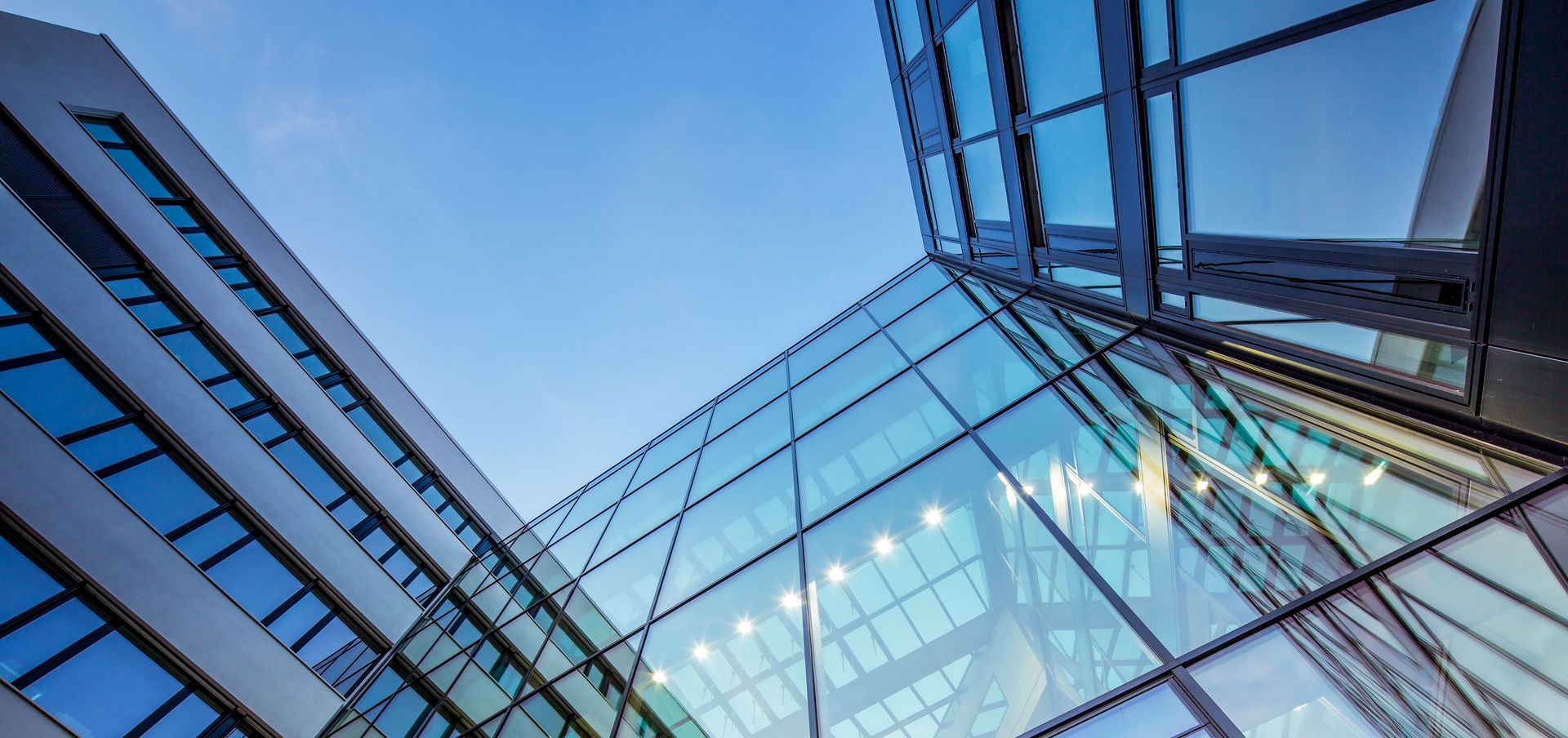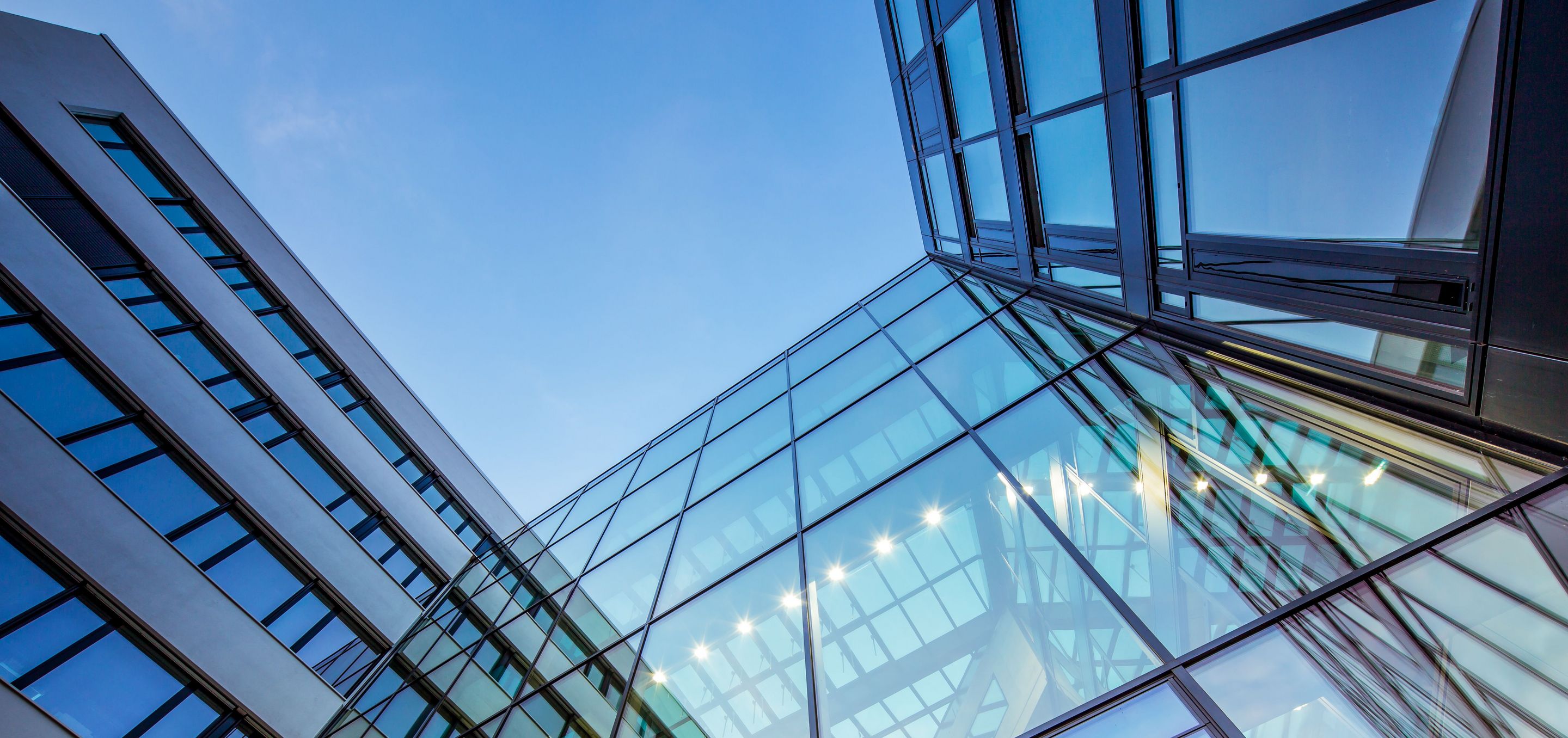Coating technology, in the form of glazes, is one of the most ancient achievements of civilization. Today it is impossible to imagine daily life without decorative protective coatings or hard coatings. The deposition and removal of thin layers also plays a central role in the manufacture of microelectronic components. Modern coatings are predominantly applied in vacuum processes, either using physical vapor deposition (PVD) or chemical vapor deposition (CVD). The coating requires excitation of a suitable starting material. This can be done by thermal heating, e.g. evaporation. However, a variety of applications require electrical gas discharge or plasma for excitation. To generate these requires appropriate power supplies. The most important plasma coating processes are plasma-enhanced chemical vapor deposition (PECVD) and magnetron sputtering. A challenging variant of the latter is reactive sputtering to produce dielectric insulating protective layers. The high power impulse sputtering (HiPIMS) process also opens up new application options.
Plasma coating
Products

MF Plasma Excitation
MF plasma excitation from TRUMPF Hüttinger is mainly used in dual-cathode systems, for example for dual magnetron sputtering.

DC Pulsed Plasma Excitation
DC pulsed plasma excitation from TRUMPF Hüttinger is ideal for use in numerous reactive processes.

DC Plasma Excitation
Direct current generators from TRUMPF Hüttinger are classics when it comes to DC plasma excitation.

RF Plasma Excitation
TruPlasma RF generators from TRUMPF Hüttinger offer the highest process stability of all power supplies for plasma excitation applications.
Contact


